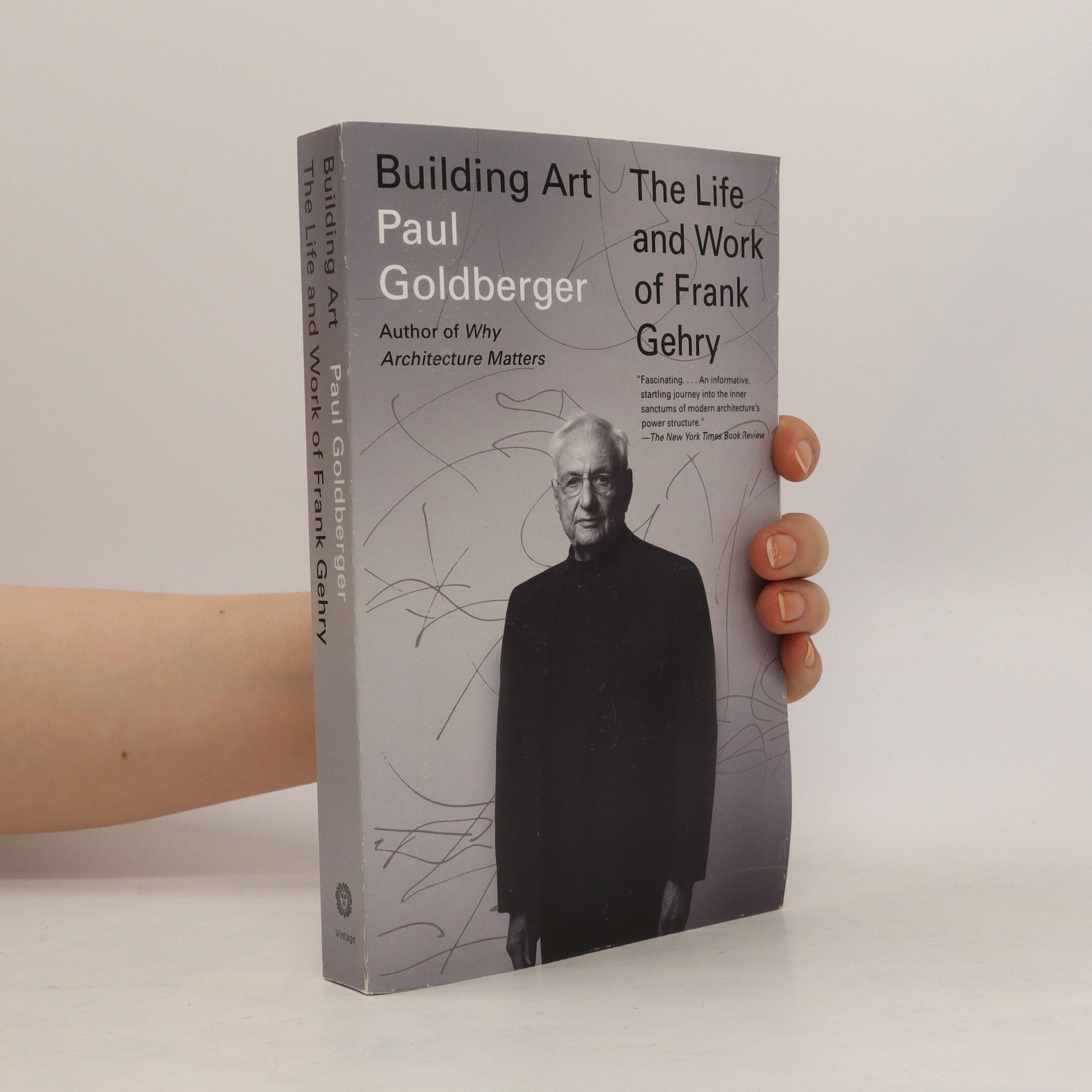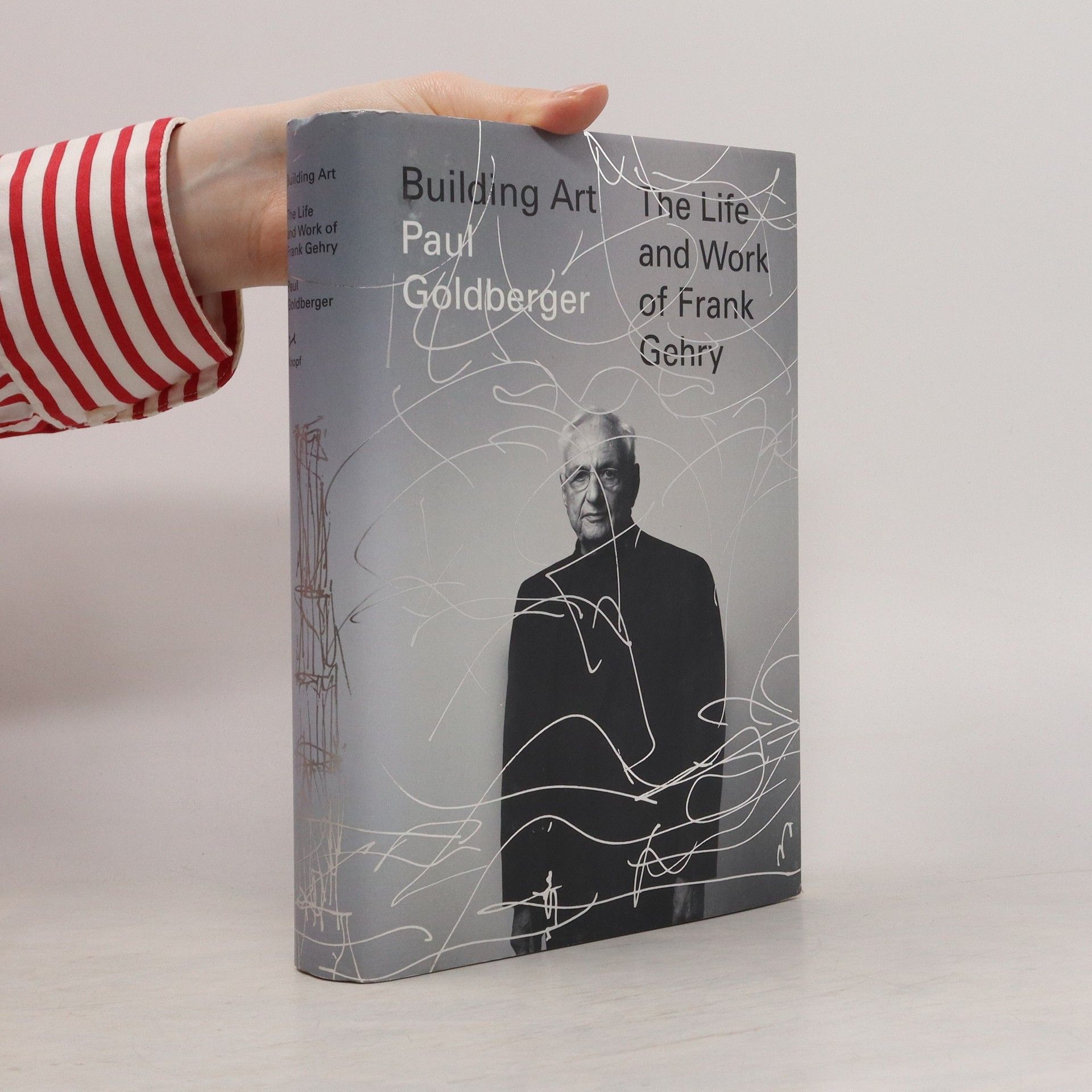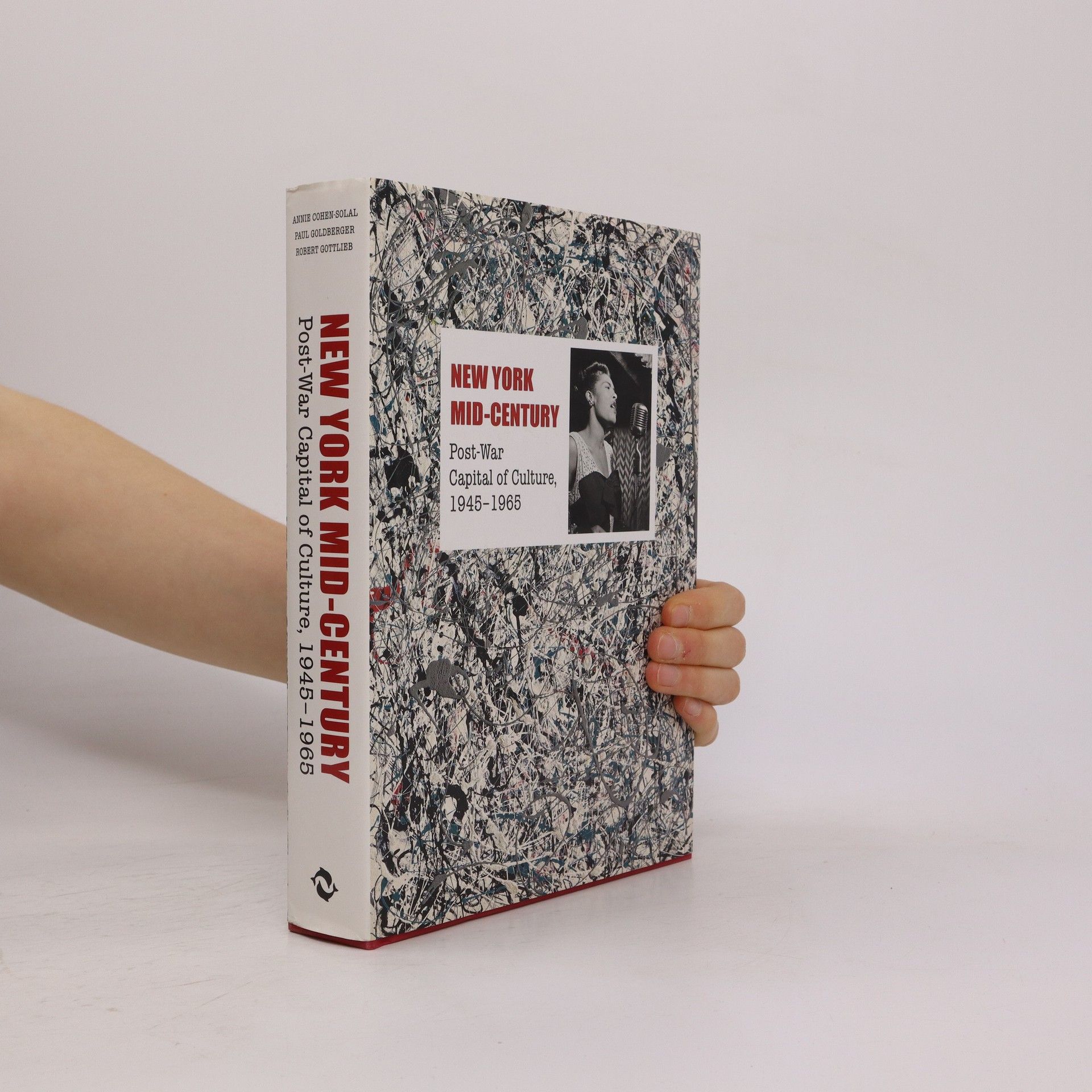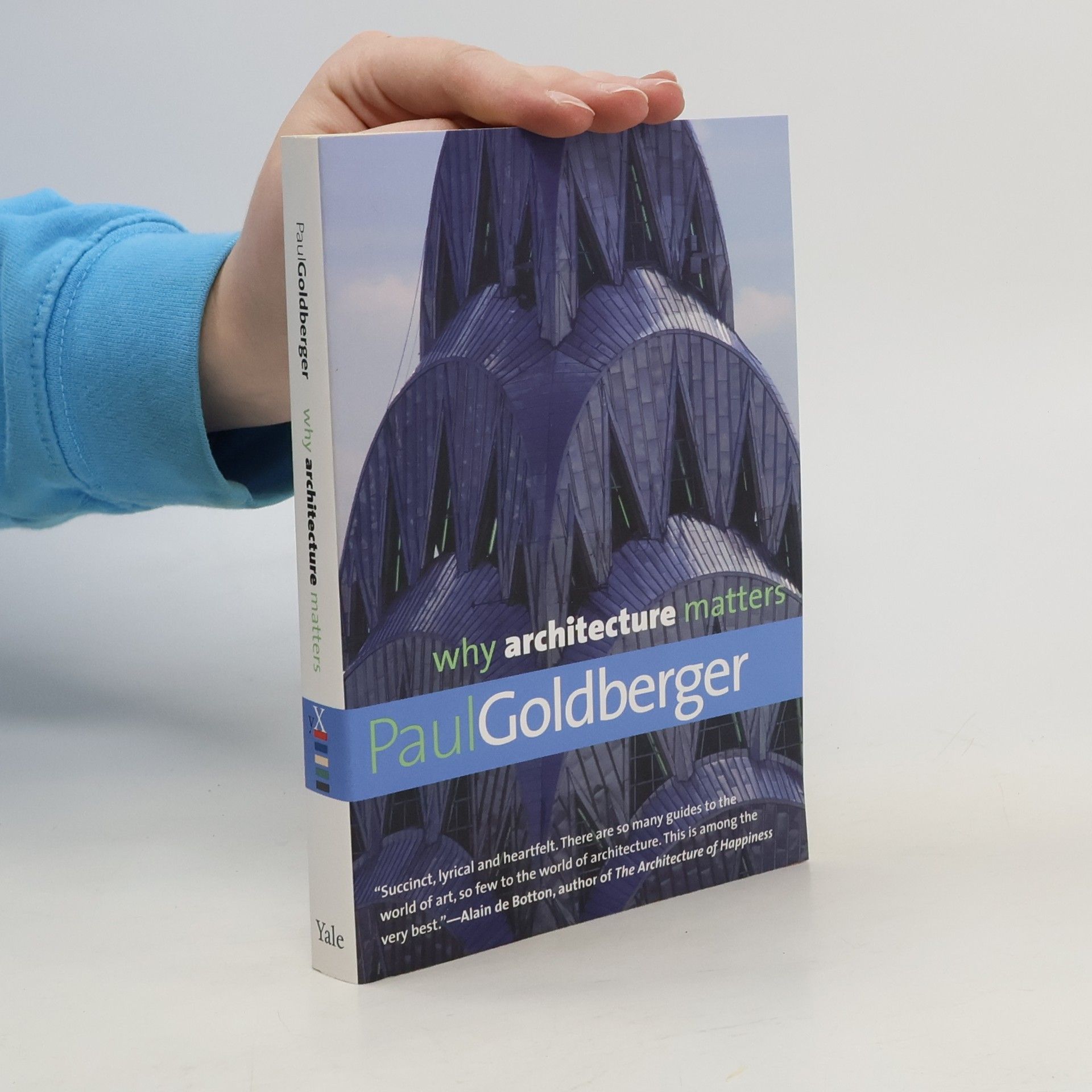Discover exceptional hospitality through architecture and design in "The Leading Hotels of the World." This richly illustrated volume showcases over 70 exclusive luxury hotels from a global collection, featuring in-depth stories, interviews, and expert travel tips from renowned designers and writers, celebrating extraordinary aesthetics and hospitality.
Paul Goldberger Ordre des livres
Paul Goldberger est une voix prépondérante dans la critique architecturale, se concentrant sur la manière dont les bâtiments et les villes façonnent notre culture et nos vies. À travers ses essais perspicaces, il explore le lien profond entre le design et la société, soulignant souvent les qualités poétiques des formes architecturales et leur pouvoir d'influencer les espaces publics. Son écriture est célébrée pour son équilibre et sa profondeur, offrant aux lecteurs une compréhension plus nuancée de l'environnement bâti.
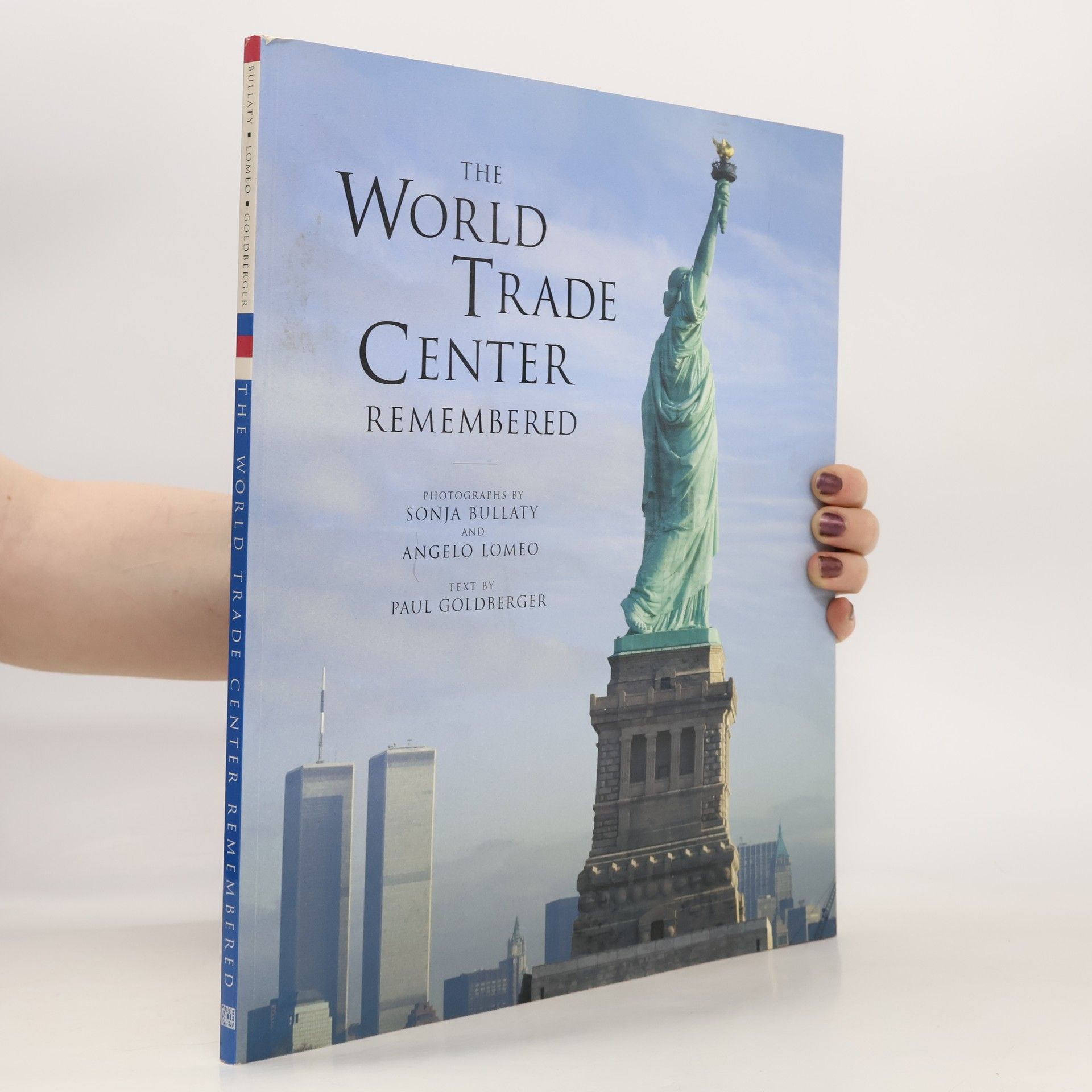

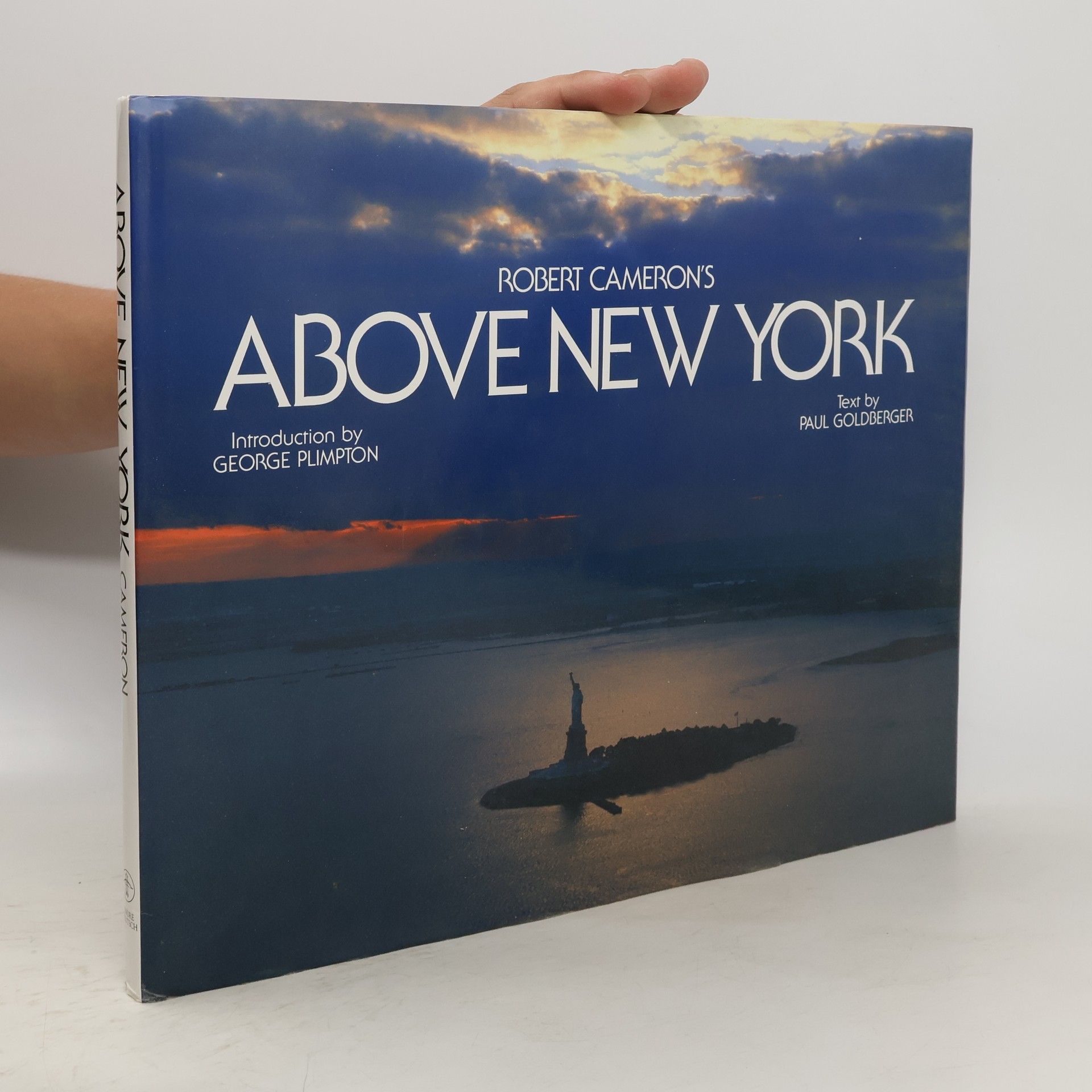

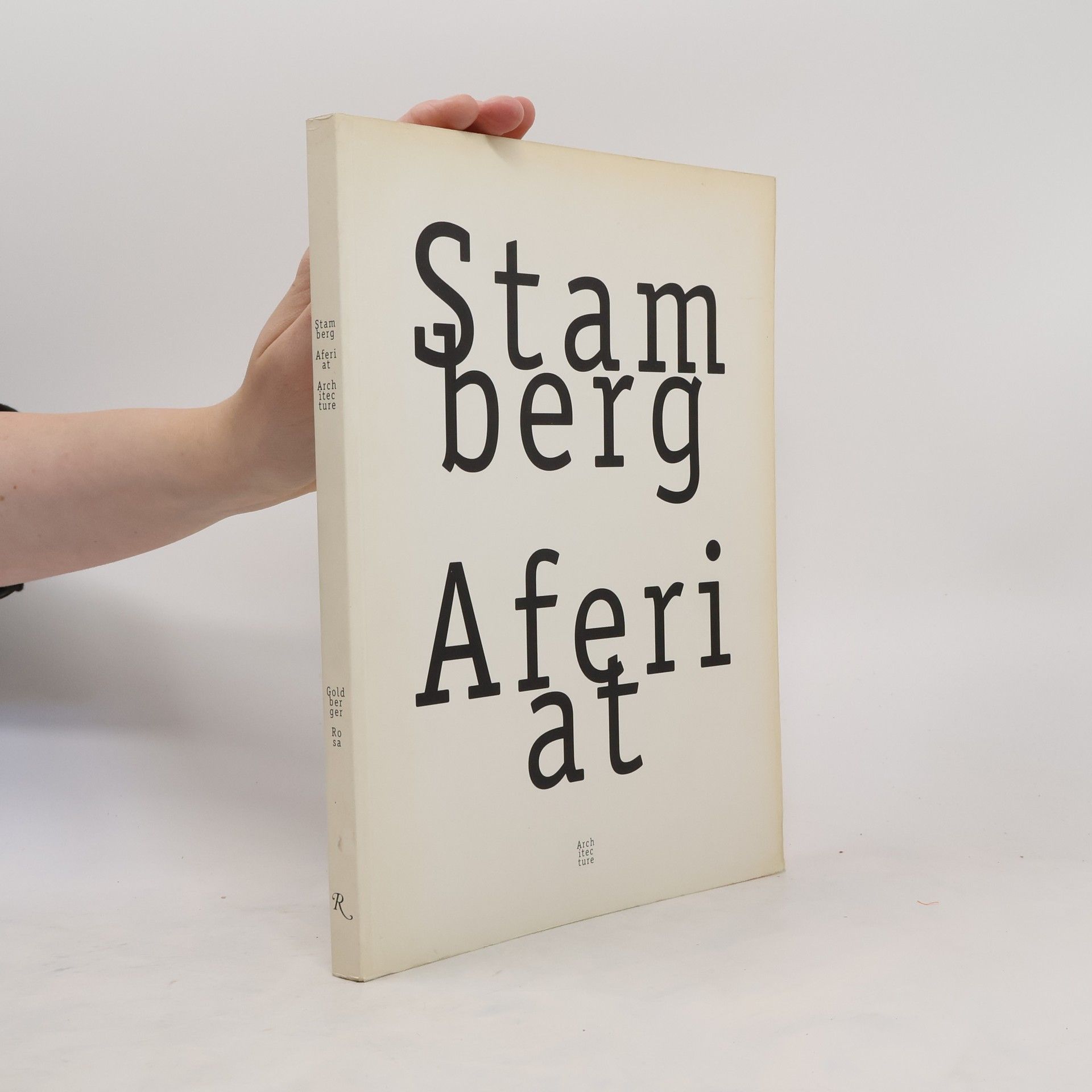

- 2024
- 2023
Featuring stunning, custom-designed homes by an acclaimed architecture firm, this book showcases environmentally conscious and modern designs that emphasize beauty and soul. As the first publication dedicated to the firm's projects, it highlights their innovative approach to architecture and commitment to sustainability.
- 2023
Blue Dream and the Legacy of Modernism in the Hamptons
A House by Diller Scofidio + Renfro
- 280pages
- 10 heures de lecture
Set in the Hamptons, this narrative explores the innovative design and construction of a remarkable house that embodies avant-garde principles. The book delves into the creative vision and artistic spirit behind the project, highlighting how the house serves as a source of inspiration and renewal for contemporary architecture. Through its unique features and aesthetic, it challenges conventional norms and celebrates the fusion of modernity and nature.
- 2021
MAD Rhapsody
- 304pages
- 11 heures de lecture
Set in a captivating future, this work presents a visionary perspective shaped by Ma Yansong, a prominent figure in contemporary architecture. It explores innovative designs and concepts that reflect a blend of sensuality and seduction, showcasing the potential of a new architectural era in China. The narrative highlights the creativity and ambition of a leading firm, emphasizing the transformative power of architecture in shaping urban environments.
- 2019
"An exhilarating, splendidly illustrated, entirely new look at the history of baseball: told through the stories of the vibrant and ever-changing ballparks where the game was and is staged, by the Pulitzer Prize-winning architectural critic. From the earliest corrals of the mid-1800s (Union Grounds in Brooklyn was a 'saloon in the open air'), to the much mourned parks of the early 1900s (Detroit's Tiger Stadium, Cincinnati's Palace of the Fans), to the stadiums we fill today, Paul Goldberger makes clear the inextricable bond between the American city and America's favorite pastime. In the changing locations and architecture of our ballparks, Goldberger reveals the manifestations of a changing society: the earliest ballparks evoked the Victorian age in their accommodations--bleachers for the riffraff, grandstands for the middle-class; the 'concrete donuts' of the 1950s and 60s made plain television's grip on the public's attention; and more recent ballparks, like Baltimore's Camden Yards, signal a new way forward for stadium design and for baseball's role in urban development. Throughout, Goldberger shows us the way in which baseball's history is concurrent with our cultural history: the rise of urban parks and public transportation; the development of new building materials and engineering and design skills. And how the site details and the requirements of the game--the diamond, the outfields, the walls, the grandstands--shaped our most beloved ballparks. A fascinating, exuberant ode to the Edens at the heart of our cities--where dreams are as limitless as the outfields"-- Provided by publisher
- 2017
Building Art : The Life And Work Of Frank Gehry
- 544pages
- 20 heures de lecture
Here, from Pulitzer Prize–winning critic Paul Goldberger, is the first full-fledged critical biography of Frank Gehry, undoubtedly the most famous architect of our time. Goldberger follows Gehry from his humble origins—the son of working-class Jewish immigrants in Toronto—to the heights of his extraordinary career. He explores Gehry’s relationship to Los Angeles, a city that welcomed outsider artists and profoundly shaped him in his formative years. He surveys the full range of his work, from the Bilbao Guggenheim to the Walt Disney Concert Hall in L.A. to the architect’s own home in Santa Monica, which galvanized his neighbors and astonished the world. He analyzes his carefully crafted persona, in which an amiable surface masks a driving ambition. And he discusses his use of technology, not just to change the way a building looks, but to revolutionize the very practice of the field. Comprehensive and incisive, Building Art is a sweeping view of a singular artist—and an essential story of architecture’s modern era.
- 2015
Building Art
- 513pages
- 18 heures de lecture
Building art' shows the full range of Gehry’s work, from early houses constructed of plywood and chain-link fencing to lamps made in the shape of fish to the triumphant success of such late projects as the spectacular art museum of glass in Paris. It tells the story behind Gehry’s own house, which upset his neighbors and excited the world with its mix of the traditional and the extraordinary, and recounts how Gehry came to design the Guggenheim Museum in Bilbao, Spain, his remarkable structure of swirling titanium that changed a declining city into a destination spot. Building Art also explains Gehry’s sixteen-year quest to complete Walt Disney Concert Hall, the beautiful, acoustically brilliant home of the Los Angeles Philharmonic.0.
- 2014
New York mid-century : post-war capital of culture, 1945-1965
- 400pages
- 14 heures de lecture
New York Mid Century is the story of how the Big Apple emerged as the cultural capital of the postwar world in all fields of creative endeavour art, architecture, design, music, theatre and dance. It was a period of intense cross-fertilization, as poets and critics mixed with artists, dealers, musicians, designers, architects, dancers, and choreographers. Richly illustrated with hundreds of paintings, drawings, photographs, elevations, plans, posters, programmes and ephemera, this is a stirring evocation of a remarkably fertile period in the citys history, the styles and aesthetics of which are now very much back in vogue.
- 2011
Why Architecture Matters
- 304pages
- 11 heures de lecture
A guide to the styles or an architectural dictionary, though it contains elements of all three. It helps to 'come to grips with how things feel to us when we stand before them, with how architecture affects us emotionally as well as intellectually' - with its impact on our lives.
- 2008
Counterpoint: Daniel Libeskind
- 392pages
- 14 heures de lecture
Architect Daniel Libeskind is renowned for his dynamic, fractured compositions and for introducing a new critical discourse to architecture. His work spans a vast array of projects globally, including cultural institutions, convention centers, universities, hotels, commercial centers, and residential designs, showcasing his commitment to expanding architectural and urban horizons. This comprehensive portrait of Studio Daniel Libeskind, founded in Berlin in 1989 and relocated to New York in 2003 after winning the World Trade Center design competition, is informed by interviews with architecture critic Paul Goldberger. The publication highlights Libeskind's multidisciplinary approach, reflecting his deep interest in philosophy, art, music, literature, theater, and film. Featured projects include the Jewish Museum Berlin, the Felix-Nussbaum-Haus in Osnabrück, the Royal Ontario Museum in Toronto, the extension to the Denver Art Museum, the MGM Mirage CityCenter in Las Vegas, a multi-building complex in Busan, South Korea, and the Danish Jewish Museum in Copenhagen. Libeskind’s work enriches contemporary architectural discourse and offers new expressive possibilities for architecture and urban planning.
